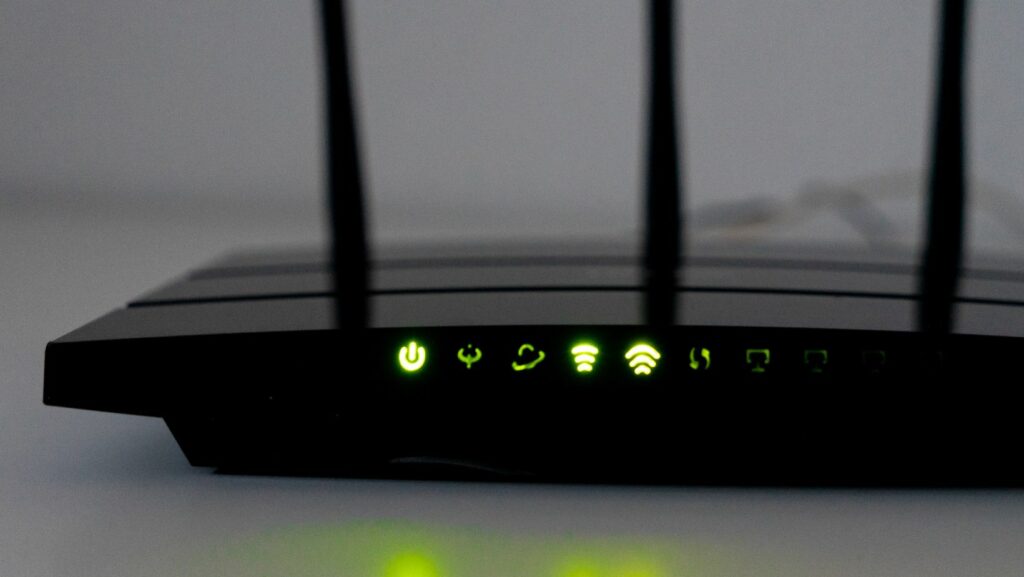Few things are as frustrating as watching your connection cut out during a video call or seeing a page refuse to load. When this happens, most people wonder whether their router is failing or if the issue lies with their service. Some immediately start looking at alternative internet providers, but the truth is, you can often diagnose the problem yourself in a matter of minutes.
Start With a Simple Restart
Before diving into detailed checks, restart your router. This clears minor glitches and refreshes the connection with your provider. If the problem disappears after a reboot, it’s likely the router just needed a reset. However, if the issue returns frequently, it may point to either outdated equipment or a deeper problem with your connection.
Test Different Devices
One of the fastest ways to identify where the fault lies is to check multiple devices. If only your laptop struggles while your phone and tablet work fine, the problem likely sits with that device. On the other hand, if every device in the house experiences the same slowdowns or disconnections, your router or provider may be to blame.
Try a Wired Connection
Connecting a computer directly to the router with an Ethernet cable is a reliable test. If the wired connection is stable but Wi-Fi continues to drop out, the router’s wireless signal may be the problem. Placement, interference, or outdated hardware could all be factors. If both wired and wireless connections fail, the issue is more likely tied to your internet service.
Check Router Placement and Interference

Routers hidden away in cupboards or placed next to heavy appliances often struggle to deliver consistent coverage. For the best results, position it centrally and off the floor, with minimal obstacles in the way. Also be aware of interference — microwaves, cordless phones, and even baby monitors can disrupt Wi-Fi, especially on the 2.4GHz band. Switching devices to the 5GHz band can reduce these interruptions.
Run a Speed Test
Online speed tests are quick and effective for spotting service issues. Run a test when your connection is slow and compare the results to the speeds promised in your plan. If the numbers are consistently lower than expected across multiple tests and devices, your provider may be underperforming.
Keep Firmware and Devices Updated
Just like computers and phones, routers rely on software updates. Outdated firmware can cause crashes, connection drops, and security risks. Logging into your router to check for updates — or enabling automatic updates if available — helps ensure the device is running smoothly.
When to Contact Support
If your router is well-placed, up to date, and still cutting out even on a wired connection, it’s time to call your provider. Persistent outages, poor speeds, or frequent dropouts often point to service-level issues rather than equipment problems. At that stage, customer support can test the line, send a replacement modem, or schedule a technician if needed.
Knowing whether your router or your internet is at fault saves time, frustration, and unnecessary spending. A few quick checks at home can help you identify the culprit — and give you the confidence to fix the problem or call for help with the right information at hand.
